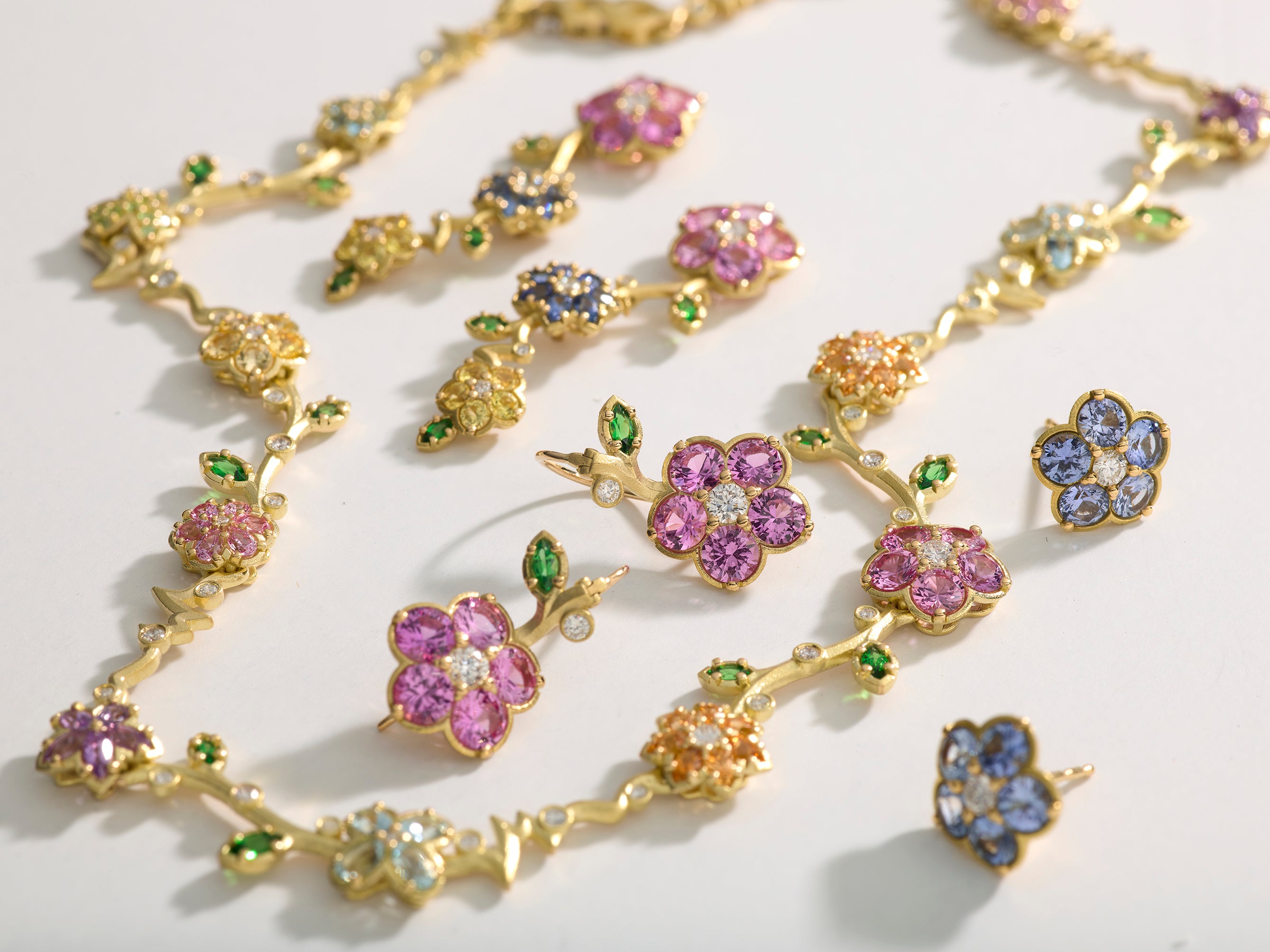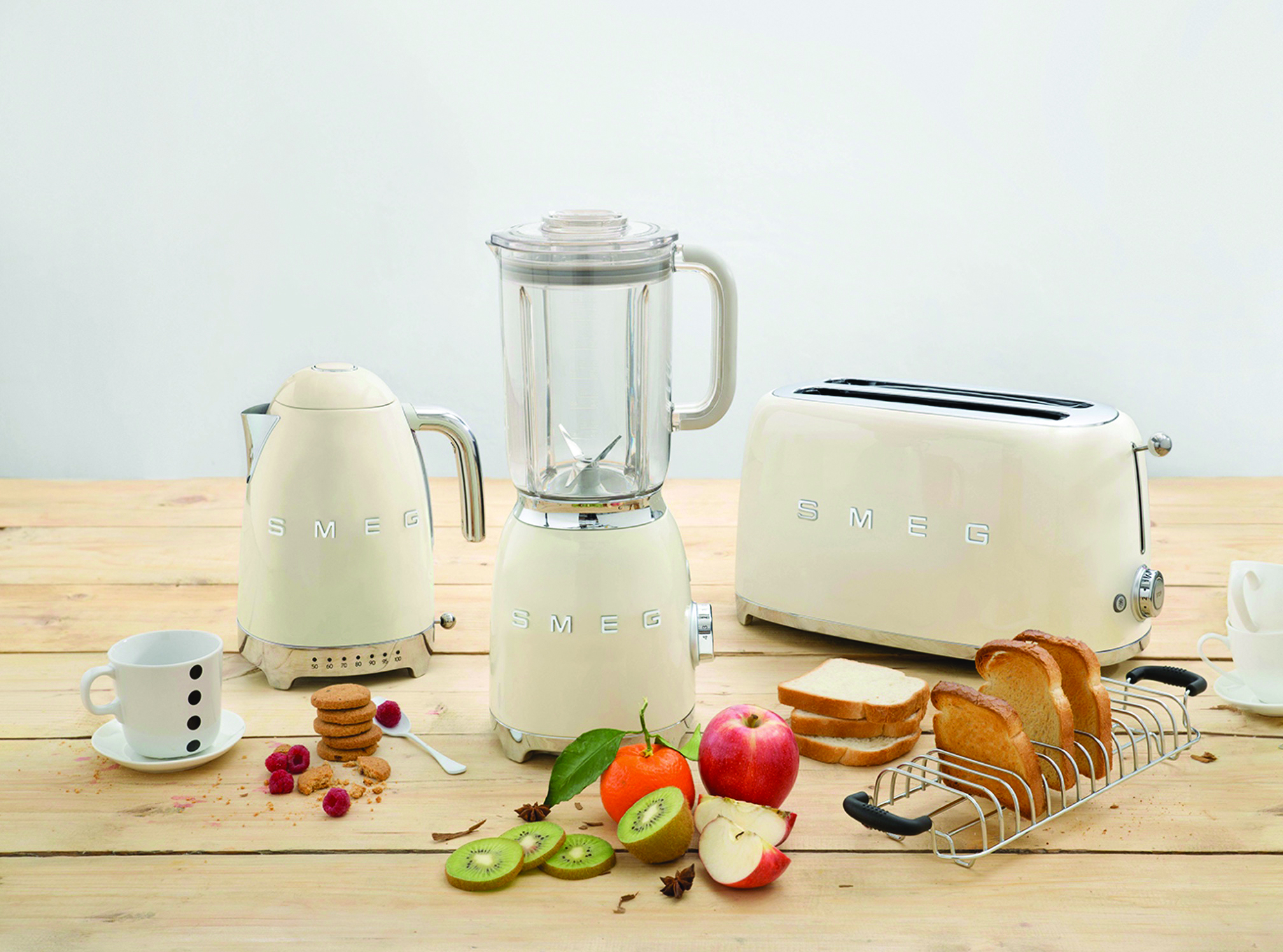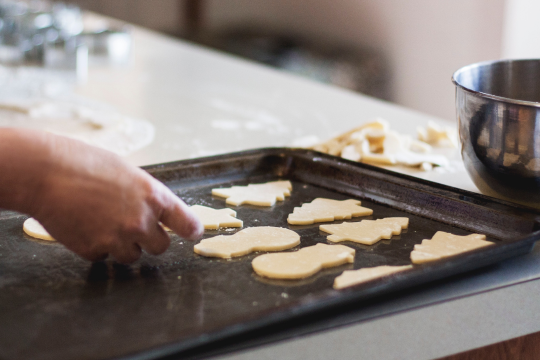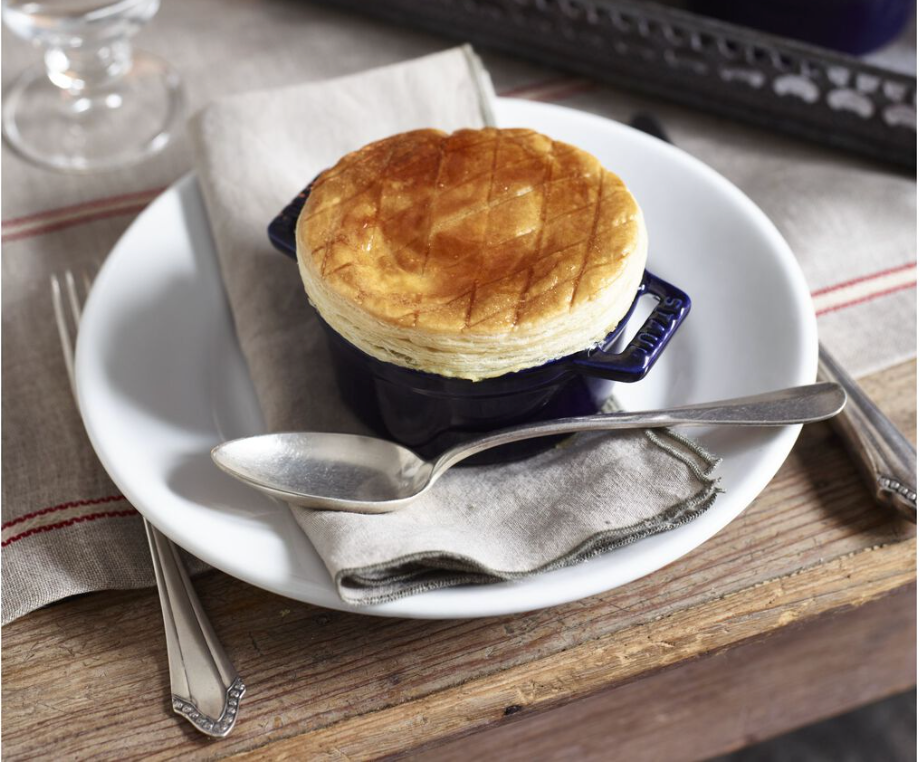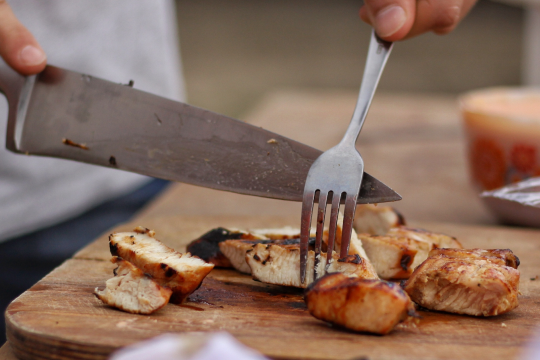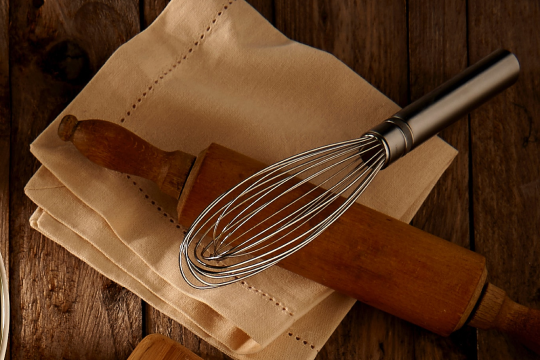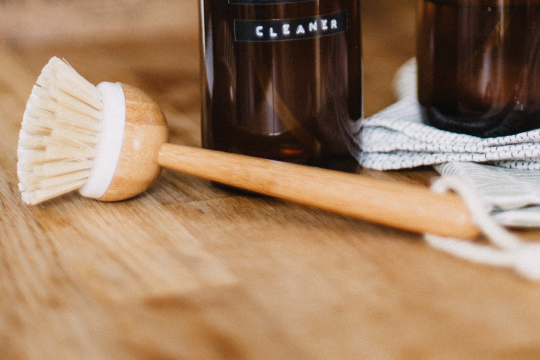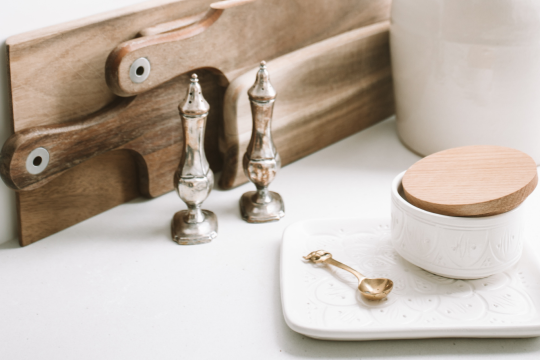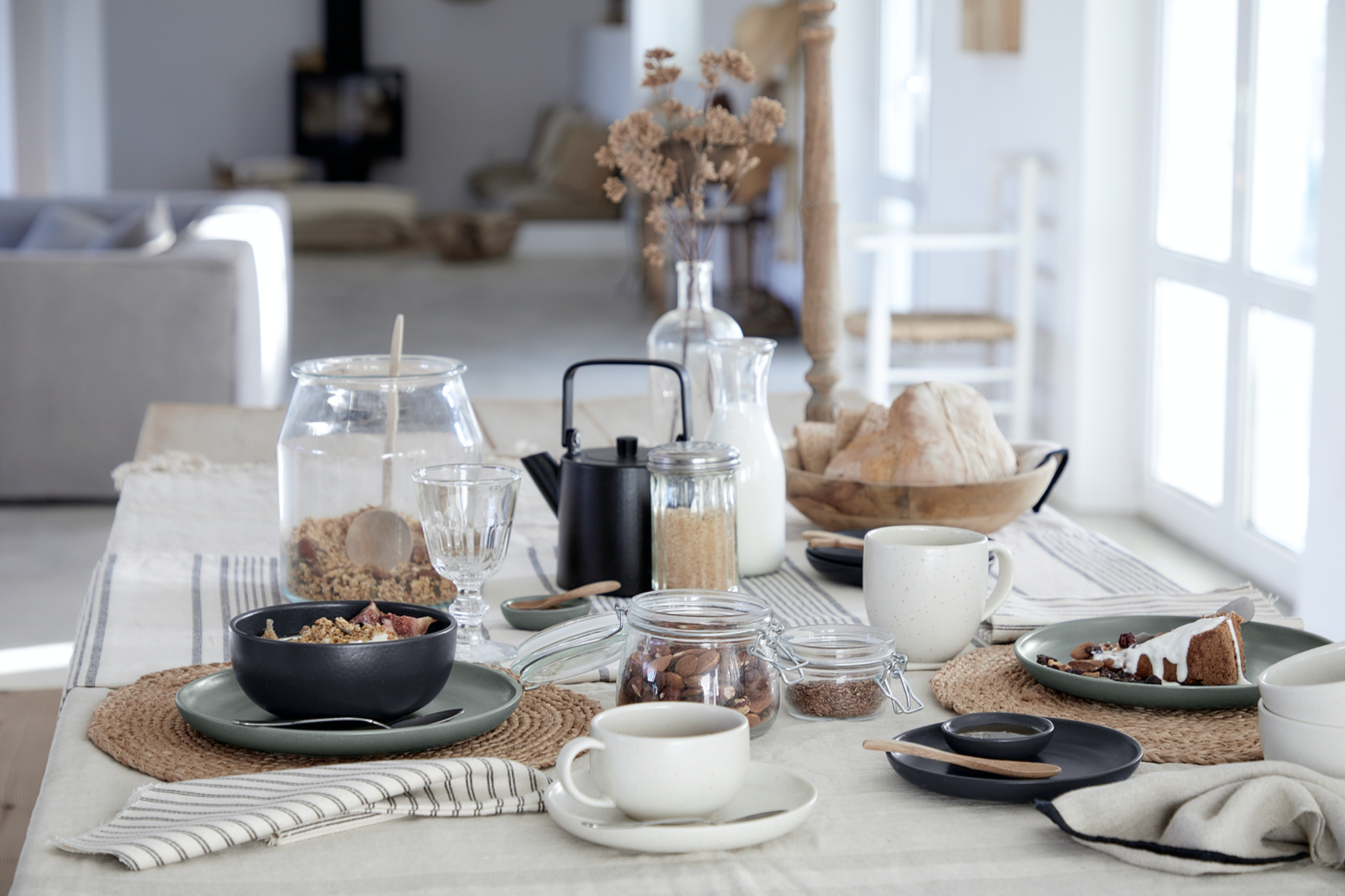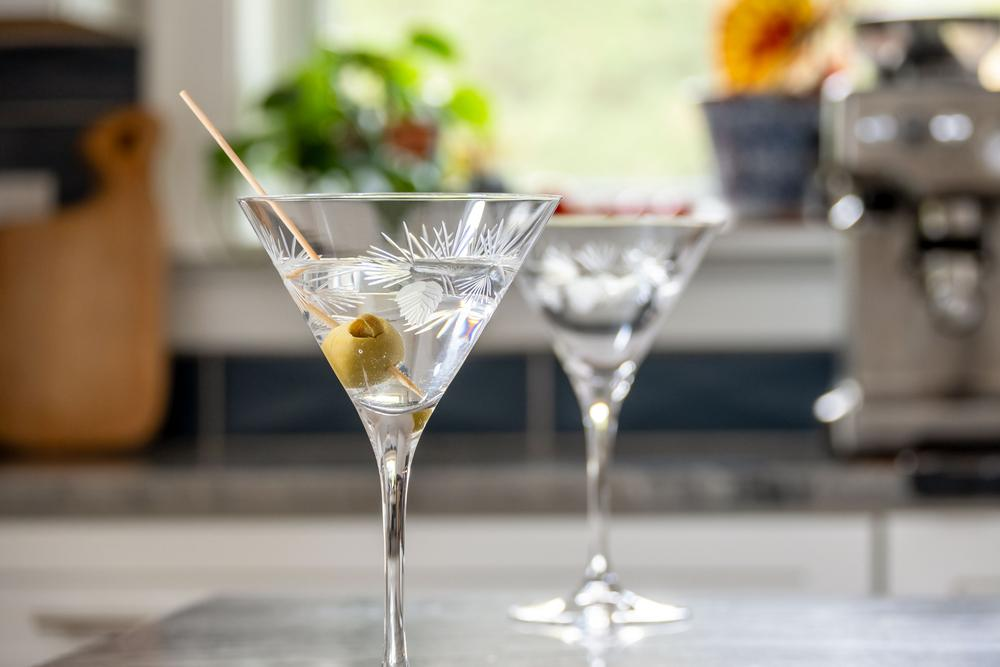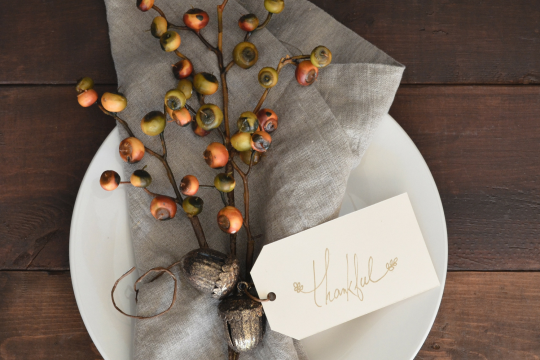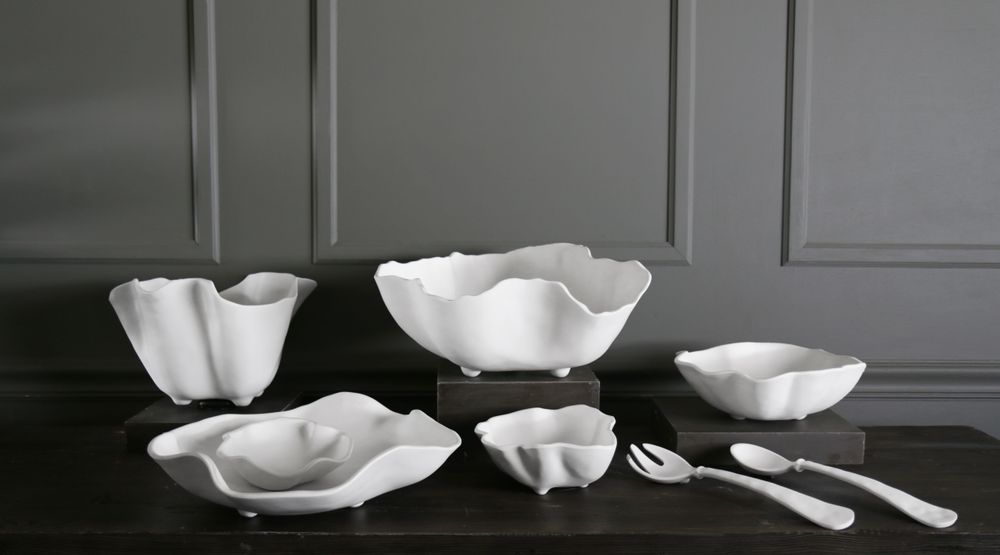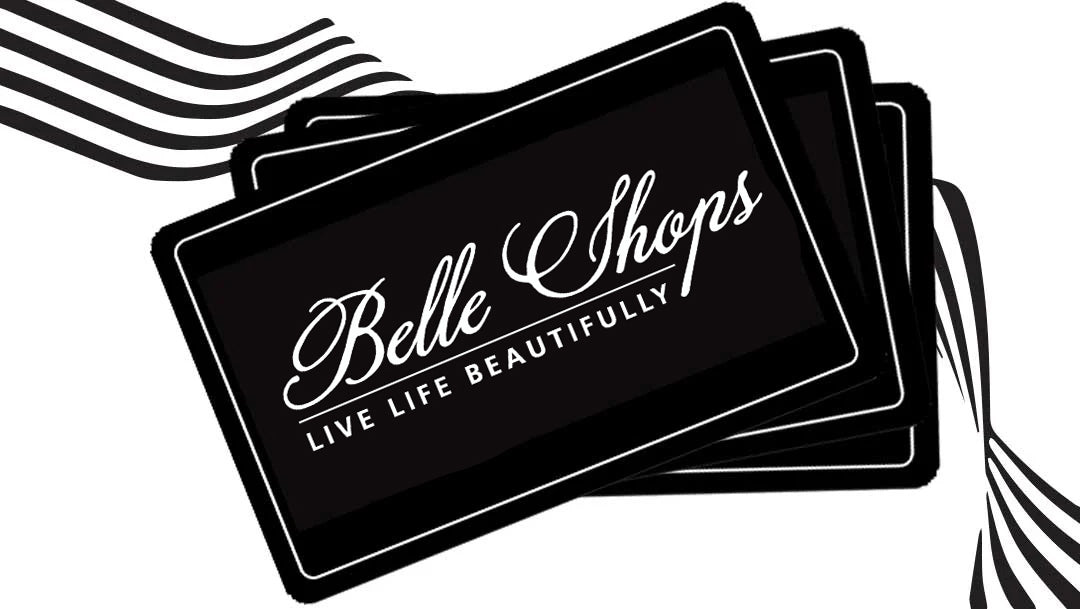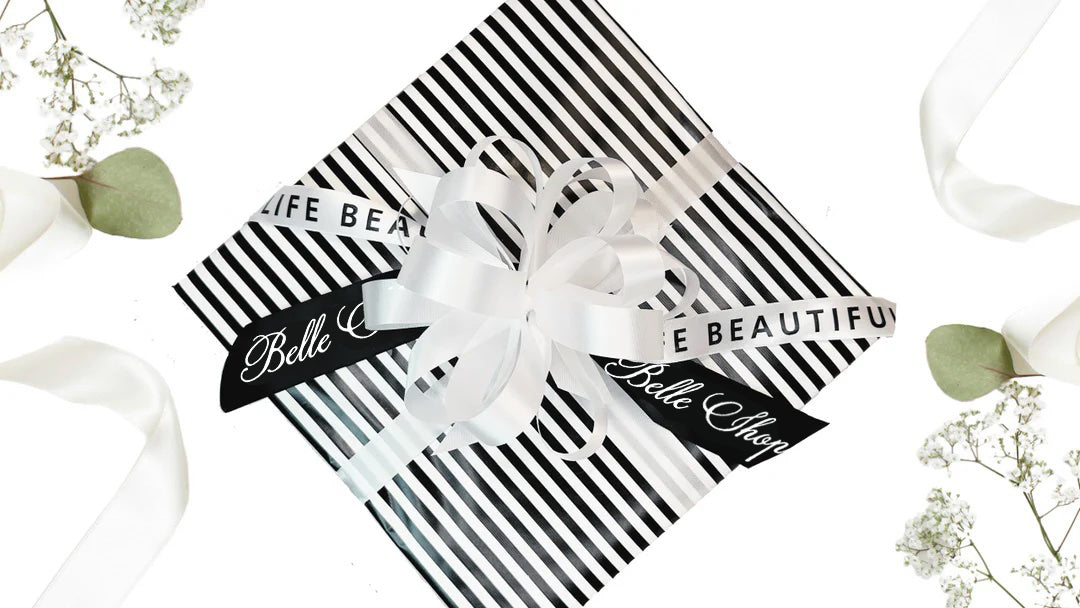Well-Equipped Kitchen: Knife Knowledge - Part Two
The Three Knives Every Kitchen Needs
Whether upgrading or just beginning your knife collection, it's important to be prepared for any task. From slicing peppers to cutting into a crusty loaf of bread, versatility is of the utmost importance. Instead of creating a knife block with 9+ tools, start with the three essential knives every kitchen needs and build your remaining collection based on your needs.The Chef's Knife
Known as the workhorse and by far the most versatile blade, the chef's knife can often be found on the countertop during, before or after every meal. This blade comes in a variety of sizes and shapes but the rocking motion it allows makes a quick task of chopping, mincing, and dicing. The height of the blade allows a rocking motion and the surface area accommodates a higher volume to be manipulated with each chop. Experienced chefs prefer a longer blade, 8-10" as they're comfortable with the weight, length and need to work with larger amounts of food. For the home cook, it is imperative to assess blades in person for comfort, feel and length. We recommend selecting the longest blade you feel comfortable with as the longer the blade the more versatile it will be.One last thing to consider is the selection of a solid blade or a Granton blade which has small divots or holes along the bottom of the blade. Consider the foods you often work with. If you enjoy fileting fish or are often baking and need to dice butter, the hollow option would be a good choice. The break in the surface area allows for foods to break more easily from the blade, essentially a non-stick option.

The Paring Knife
Where the Chef's knife masters large tasks and makes quick work of chopping, the paring knife is adept at fine details and dexterity. From peeling a potato to de-seeding peppers and deveining shrimp, this blade is just as essential despite its small size. The one huge advantage to the paring knife is the ability to manipulate food in your hands vs using a cutting board. As with all sharp objects, we encourage caution and a mastery of technique when peeling hard-skinned fruits and vegetables but the advantage is paramount.
The Serrated Knife
Often referred to as bread knives, serrated knives are adept at cutting into any overly soft or firm food. This blade's strength is derived from its design. The bottom of the curve acts as spikes, cutting into the food, while the guiles, or scoops up into the blade, help to reduce friction as it cuts. Unlike the other blades, the serrated knife works best when used with less pressure and a sawing motion. Think sweet bread, soft fruit, and delicate cake - this blade will do what the chef and paring knives simply cannot accomplish.Selection
As with anything, knives vary widely in quality and cost. Be prepared to spend between $125-$350 for your perfect slicing companion and under $50 for a replaceable serrated blade. The staff at Belle Shops is available to answer any questions and help you select the ideal blade to add to your block. It's important to see and feel the knife before you decide what's best for you. A good purchase is well worth the investment. Thank you to our friends at Wusthof Knives for their expertise.Check out our previous installment - "Knife Knowledge Part One" to help you select the best quality blade. Visit us here every Monday to find out What's Cooking. Find us on Facebook and Instagram for more inspiration and tips on living life beautifully.


